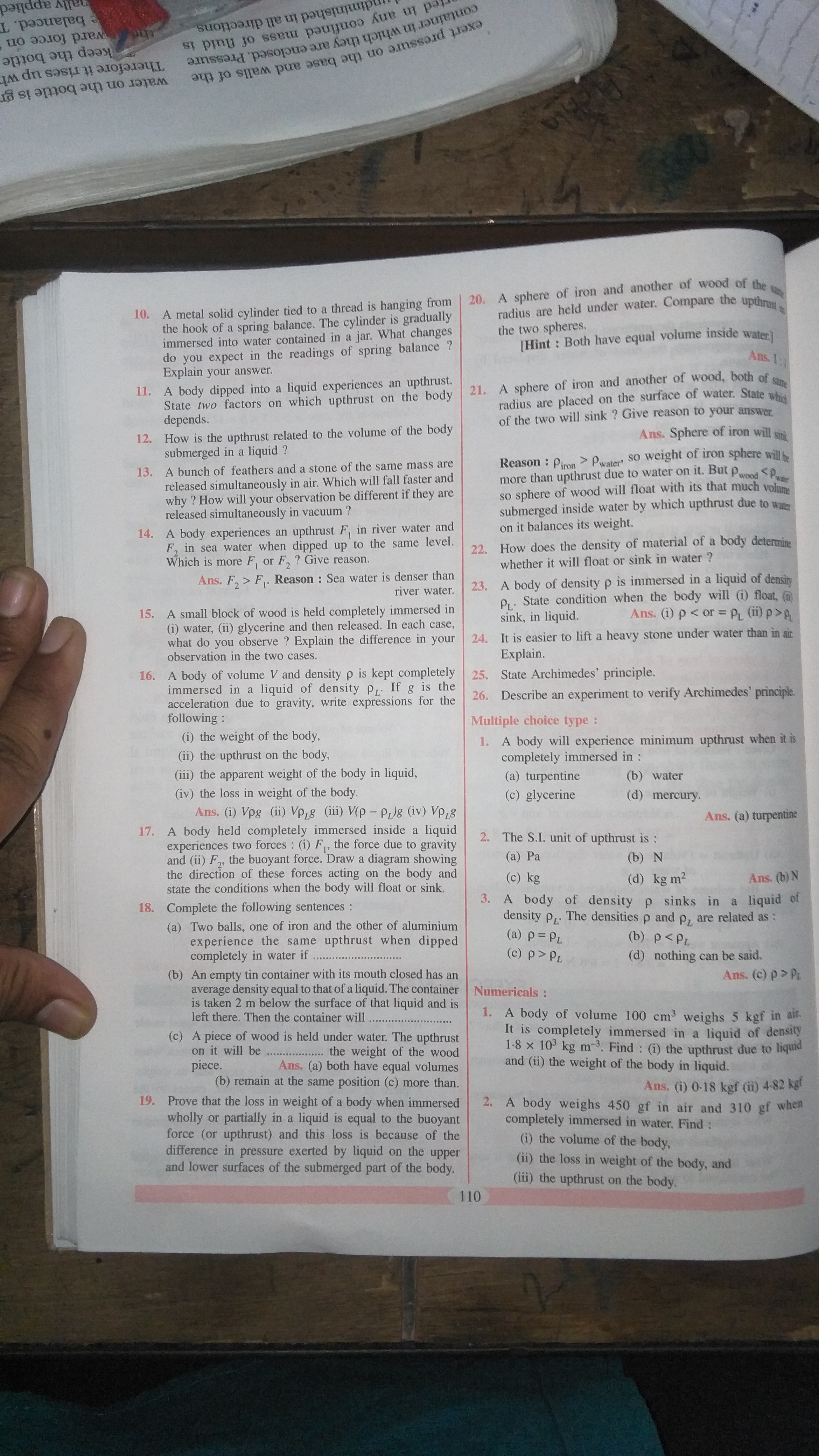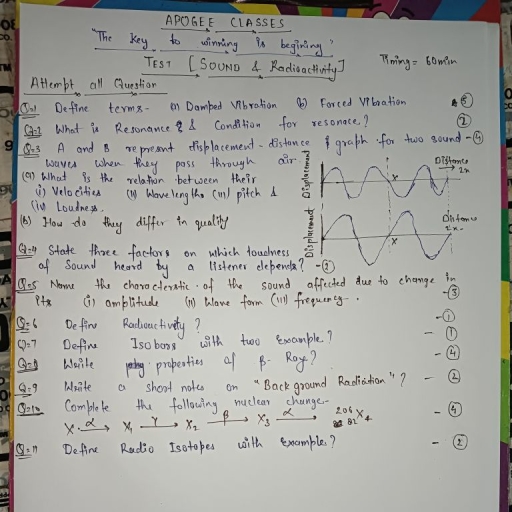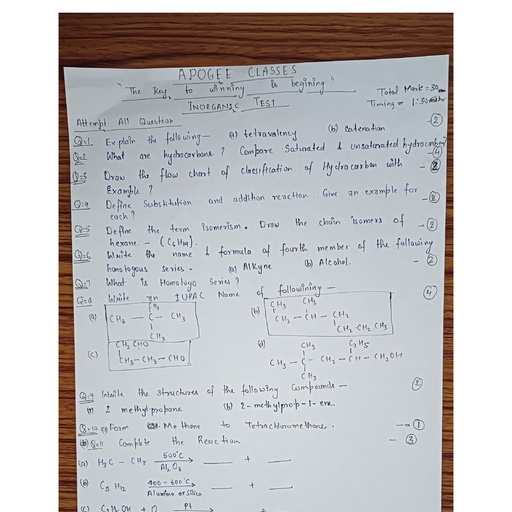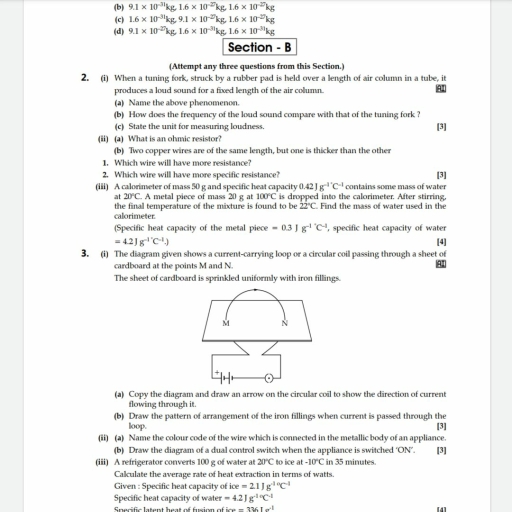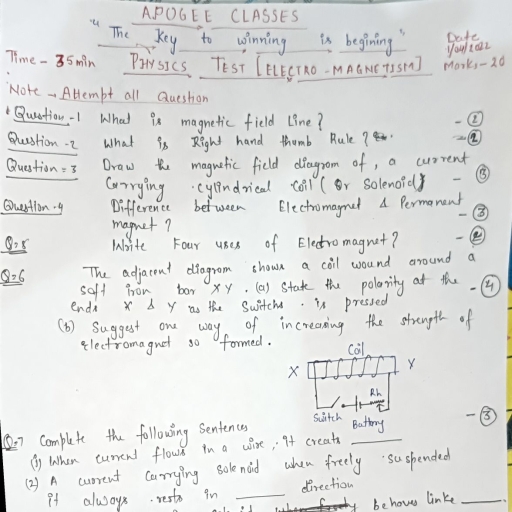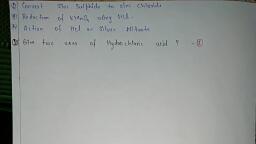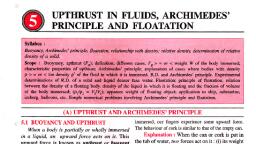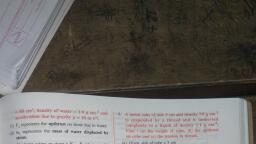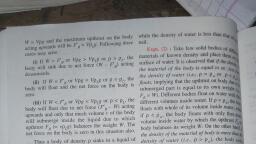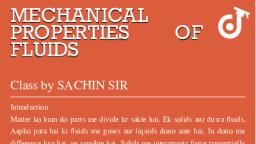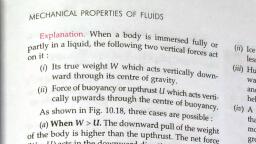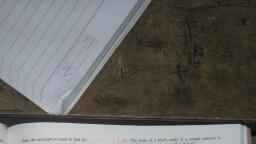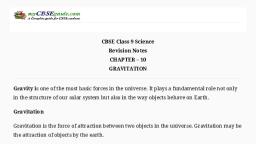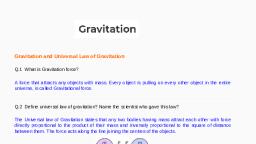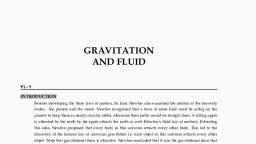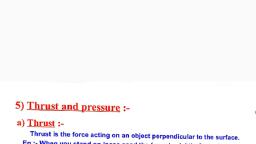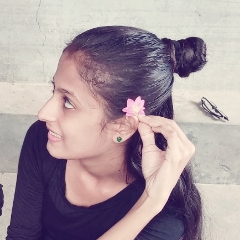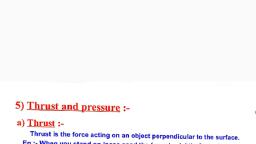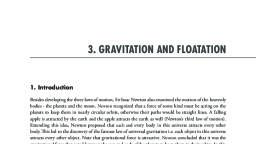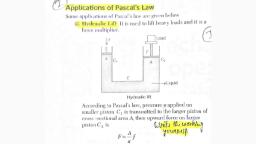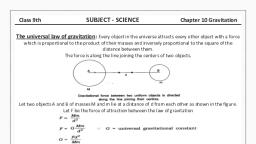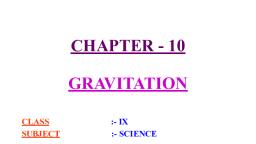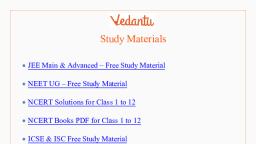Page 1 :
poyace Vg atu yor"., % ayy x PPO, Se ae @yoanip Teo vey? Roe \ pur,, “UO 9010} DIONE puny jo SECU PL Caen WT coord yr, ameod ayy dee Swe ours OB en yo 2 yne®, , wan sasy M ee au so sve NA Ie gee *, , guy U0 19, , B St aNd, , pase, , ——, , , , , , , a thread is hanging from, The cylinder is gradually, What changes, balance ?, , A metal solid cylinder tied to, the hook of a spring balance., immersed into water contained in a jal, do you expect in the readings of spring, Explain your answer, , A body dipped into a liquid experiences, State two factors on which upthrust on the, depends., , an upthrust., body, , How is the upthrust related to the volume of the body, , submerged in a liquid ?, A bunch of feathers and a stone of the same mass are, released simultaneously in air. Which will fall faster and, why ? How will your observation be different if they are, released simultaneously in vacuum ?, A body experiences an upthrust F, in river water and, F, in sea water when dipped up to the same level, Which is more F, or F, ? Give reason., , F, > F,. Reason : Sea water 1s denser than, , river water., , A small block of wood is held completely immersed in, (i) water, (ii) glycerine and then released. In each case,, what do you observe ? Explain the difference in your, observation in the two cases, , A body of volume V and density p is kept completely, immersed in a liquid of density p,. If g is the, acceleration due to gravity, write expressions for the, following :, , (i) the weight of the body,, , (ii) the upthrust on the body,, , (iii) the apparent weight of the body in liquid,, , (iv) the loss in weight of the body., , (i) Vpg (ii) Vp,g Gi) Vip — p,)g Gv) Vp,, , A body held completely immersed inside a liquid, experiences two forces : (i) F,, the force due to gravity, and (ii) F',, the buoyant force. Draw a diagram showing, the direction of these forces acting on the body and, state the conditions when the body will float or sink., Complete the following sentences :, , (a) Two balls, one of iron and the other of aluminium, experience the same upthrust when dipped, completely in water if, , (b) An empty tin container with its mouth closed has an, average density equal to that of a liquid. The container, is taken 2 m below the surface of that liquid and is, left there. Then the container will, , (c), on it will be the weight of the wood, piece. Ans. (a) both have equal volumes, , (b) remain at the same position (c) more than,, , , , Prove that the loss in weight of a body when immersed, wholly or partially in a liquid is equal to the buoyant, force (or upthrust) and this loss is because of the, difference in pressure exerted by liquid on the upper, and lower surfaces of the submerged part of the body., , |, , |, , A piece of wood is held under water. The upthrust |, , 1, i, , we, , , , , , , , , , , and another of wood of the, , iron, Compare the upthm,, , A sphere ol, radius are held under W ate!, the two spheres :, , {Hint : Both have equal volume inside water), , . ., Lis. J, , 4 of wood, bo P, A sphere of iron and another of wot th Of sap, on the surface of water. State Whi, > Give reason to your answer ’, , radius are placed, of the two will sink °, Sphere of iron wil] sinh, , sjaht of iron sphen, Reason } Pion > Pwater? 5° weight of iron sphere will},, more than upthrust due to water on It But Pas, of wood will float with its that much volo,, by which upthrust due to way, , <p,, so sphere, submerged inside water, on it balances its weight, How does the density of material of a body detenni:, whether it will float or sink in water ?, , A body of density p is immersed in a liquid of density, P; State condition when the body w ill @) float, @, sink, in liquid (i) p < or =P, @) pop, It is easier to lift a heavy stone under water than im ar, Explain., , State Archimedes’ principle., , Describe an experiment to verify Archimedes’ prncipl., , A body will experience minimum upthrust when iS, completely immersed in :, , (a) turpentine (b) water, (c) glycerine (d) mercury., s. (a) turpentine, The S.I. unit of upthrust is ;, (a) Pa (b) N, (c) kg (d) kgm? Ans. (0) N, , A body of density p sinks in a liquid of, density p,. The densities p and P,, are related as :, , (a) p=p,, (c) p>p,, , (b) p<p,, (d) nothing can be said., , Ans, (c) p > Py, , } Numericals :, , A body of volume 100 cm? weighs 5 kgf in ait, It is completely immersed in a liquid of density, 1-8 x 10° kg m-. Find : () the upthrust due to liquid, and (ii) the weight of the body in liquid., Ans, (i) 0-18 kgf (i) 4-82 ket, A body weighs 450 gf in air and 310 gf wher, completely immersed in water. Find :, (1) the volume of the body,, (ii) the loss in weight of the body, and, (iii) the upthrust on the body.
